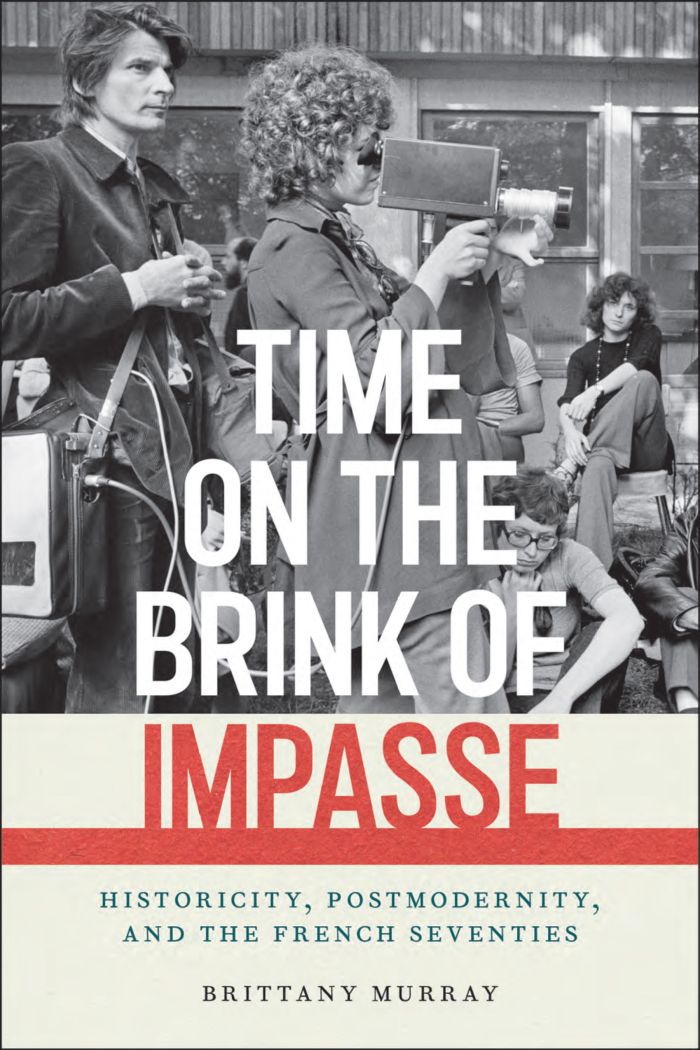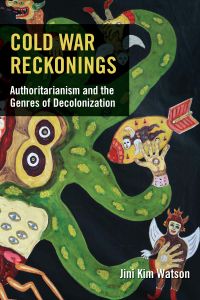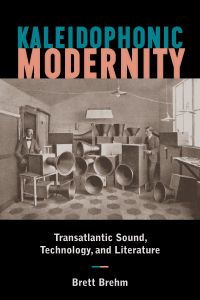Save 25% plus free shipping during our Winter Sale! Use promo code JOY2025. Expires 1/5/26.
Time on the Brink of Impasse
Historicity, Postmodernity, and the French Seventies

This book can be opened with

Time on the Brink of Impasse explores a pivotal decade in French cultural history through the lenses of literature, film, and critical theory. The 1970s in France are often dismissed as a period of blocked historical imagination. This book argues that the period’s literature and cinema reflect not disorientation or despair but a decade animated by artistic responses to new experiences of time.
Returning to influential theorists of postmodernity, including Fredric Jameson, Jean-François Lyotard, and Jean Baudrillard, Time on the Brink of Impasse investigates how artists represented new experiences of time. Through close readings of writers and filmmakers including by Agnès Varda, Rachid Boudjedra, Chantal Akerman, Georges Perec, Sarah Maldoror, and Carole Roussopoulos, the book examines how aesthetic form registered new temporal imaginaries.
By situating culture within the broader context of work, housing, migration, and gender activism, Murray’s book offers a fresh perspective on how historicity was rethought after the end of the postwar period. Historically grounded and theoretically lucid, Time on the Brink of Impasse reveals a period alive with possibility.
“Brittany Murray’s wonderful analyses reveal the complex mediations between the novels and films of 1970s France and the great social upheavals of that era. Her eyes are also constantly on the present, demonstrating convincingly that these aesthetic and political interventions from the 1970s help us make sense of our world.”—Michael Hardt, author of The Subversive Seventies
“Time on the Brink of Impasse shows what we can learn, fifty years on, about how to restore to humanity a sense of historicity, an apprehension that the past inflects the present but does not necessarily determine the future.”—Jennifer Willging, Ohio State University
“Murray provides a rich alternative account of the aesthetic, political, and economic dimensions of postmodernity. Her revisionist narrative demands that we attend to the powerful political work of artists and collectives that exists underneath or against dominant ideological formations of the era.”—Christopher Breu, Illinois State University




